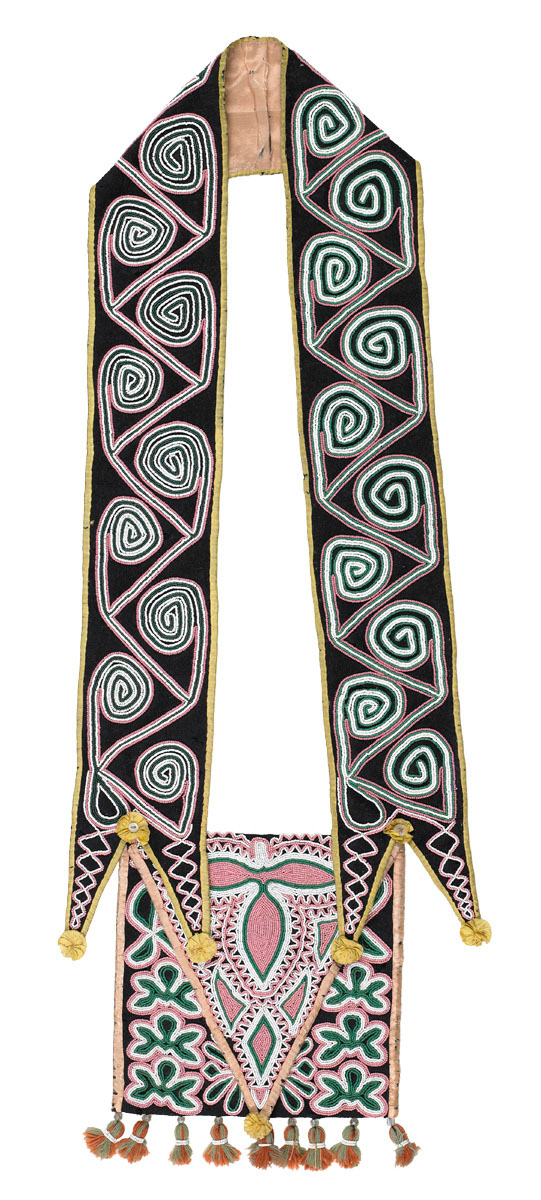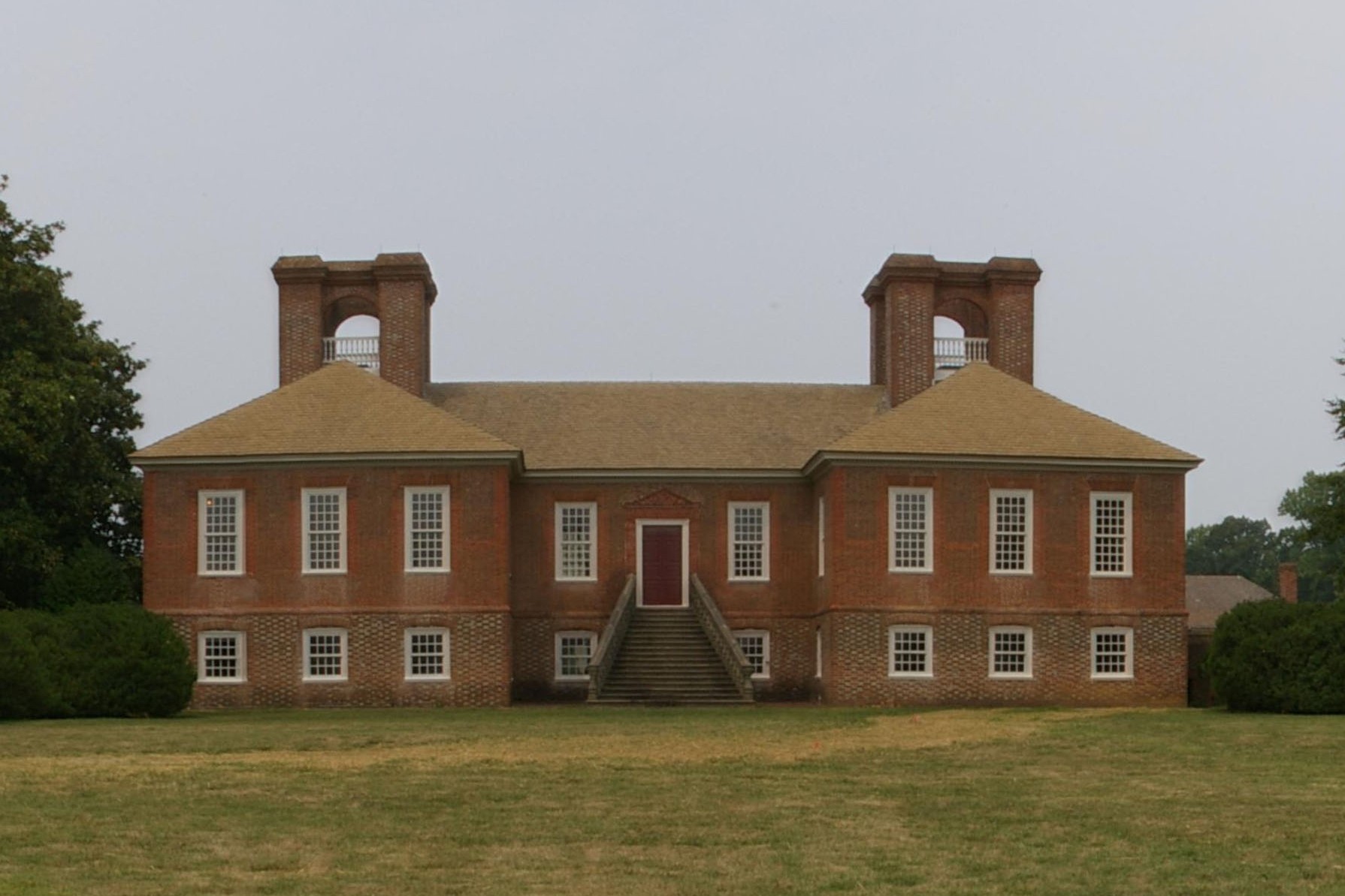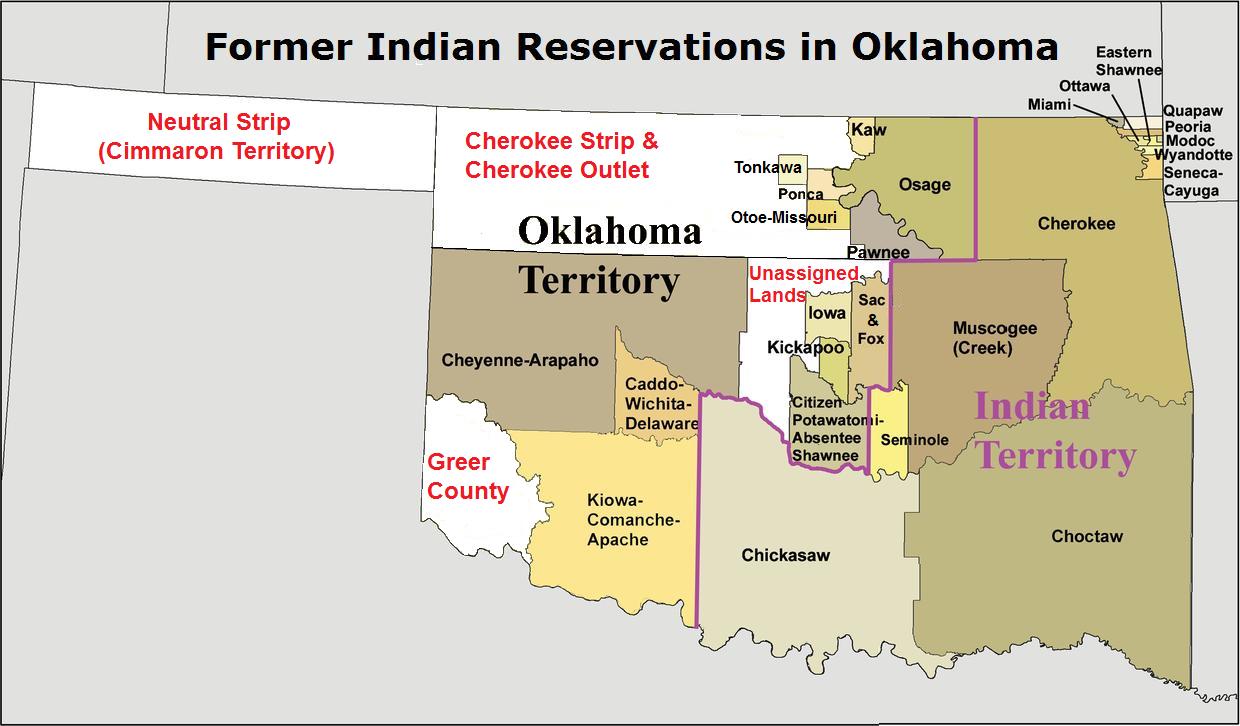|
Stewart County, Georgia
Stewart County is a county located in the west central portion of the U.S. state of Georgia. As of the 2020 census, the population was 5,314. The county seat is Lumpkin. The county was created on December 23, 1830. History The area was inhabited by Native Americans for thousands of years in the Pre-Columbian period. Roods Landing site on the Chattahoochee River is a significant archaeological site located south of Omaha. Listed on the National Register of Historic Places, it includes major earthwork mounds built about 1100–1350 CE by peoples of the sophisticated Mississippian culture. Another Mississippian site is the Singer Moye Mounds, located in the southern part of the county. The first Europeans to encounter the Native Americans were Spanish explorers in the mid-16th century. At that time the historical Creek tribe inhabited the southern two thirds of what is now defined as Georgia, west of the Low Country. they are believed to be the descendants of the Mississip ... [...More Info...] [...Related Items...] OR: [Wikipedia] [Google] [Baidu] |
Muscogee (Creek)
The Muscogee, also known as the Mvskoke, Muscogee Creek or just Creek, and the Muscogee Creek Confederacy ( in the Muscogee language; English: ), are a group of related Indigenous peoples of the Southeastern WoodlandsTranscribed documents Sequoyah Research Center and the American Native Press Archives in the . Their historical homelands are in what now comprises southern , much of , western |
Deep South
The Deep South or the Lower South is a cultural and geographic subregion of the Southern United States. The term is used to describe the states which were most economically dependent on Plantation complexes in the Southern United States, plantations and Slavery in the United States, slavery, generally Louisiana, Mississippi, Alabama, Georgia (U.S. state), Georgia, and South Carolina. East Texas, North Florida, the Arkansas Delta, South Arkansas, West Tennessee, and the southern part of North Carolina are sometimes included as well. Following the end of the American Civil War in 1865, the region experienced significant economic hardship and became a focal point of racial tension during and after the Reconstruction era. Before 1945, the Deep South was often referred to as the "Cotton States" since cotton was the primary cash crop for economic production. The civil rights movement in the 1950s and 1960s helped usher in a new era, sometimes referred to as the New South. The Deep ... [...More Info...] [...Related Items...] OR: [Wikipedia] [Google] [Baidu] |
Black Belt (geological Formation)
Black Belt is a physical geography term referring to a roughly crescent-shaped geological formation of dark fertile soil in the Southern United States. It is about long and up to wide in c. east–west orientation, mostly in central Alabama and northeast Mississippi. During the Cretaceous period, about 145 to 66 million years ago, most of what are now the central plains and the Southeastern United States were covered by shallow seas. Tiny marine plankton grew in those seas, and their carbonate skeletons accumulated into massive chalk formations. That chalk eventually became a fertile soil, highly suitable for growing crops. The Black Belt arc was the shoreline of one of those seas, where large amounts of chalk had collected in the shallow waters. History Before the 19th century, this region was a mosaic of prairies and oak-hickory forest. In the 1820s and 1830s, the region was identified as prime land for upland cotton plantations. Short-staple cotton did well here, and ... [...More Info...] [...Related Items...] OR: [Wikipedia] [Google] [Baidu] |
Plantations In The American South
Plantation complexes were common on agricultural plantations in the Southern United States from the 17th into the 20th century. The complex included everything from the main residence down to the Pen (enclosure), pens for livestock. Until the abolition of Slavery in the United States, slavery, such plantations were generally self-sufficient settlements that relied on the forced labor of enslaved people. Plantations are an important aspect of the history of the Southern United States, particularly before the American Civil War. The mild temperate climate, plentiful rainfall, and fertile soils of the Southeastern United States allowed the flourishing of large plantations, where large numbers of enslaved Africans were held captive and forced to produce crops to create wealth for a white elite. Today, as was also true in the past, there is a wide range of opinion as to what differentiated a plantation from a farm. Typically, the focus of a farm was subsistence agriculture. In cont ... [...More Info...] [...Related Items...] OR: [Wikipedia] [Google] [Baidu] |
Cotton
Cotton (), first recorded in ancient India, is a soft, fluffy staple fiber that grows in a boll, or protective case, around the seeds of the cotton plants of the genus '' Gossypium'' in the mallow family Malvaceae. The fiber is almost pure cellulose, and can contain minor percentages of waxes, fats, pectins, and water. Under natural conditions, the cotton bolls will increase the dispersal of the seeds. The plant is a shrub native to tropical and subtropical regions around the world, including the Americas, Africa, Egypt and India. The greatest diversity of wild cotton species is found in Mexico, followed by Australia and Africa. Cotton was independently domesticated in the Old and New Worlds. The fiber is most often spun into yarn or thread and used to make a soft, breathable, and durable textile. The use of cotton for fabric is known to date to prehistoric times; fragments of cotton fabric dated to the fifth millennium BC have been found in the Indus Valley civilizat ... [...More Info...] [...Related Items...] OR: [Wikipedia] [Google] [Baidu] |
Theodore Roosevelt
Theodore Roosevelt Jr. (October 27, 1858 – January 6, 1919), also known as Teddy or T.R., was the 26th president of the United States, serving from 1901 to 1909. Roosevelt previously was involved in New York (state), New York politics, including serving as the state's List of governors of New York, 33rd governor for two years. He served as the 25th Vice President of the United States, vice president under President William McKinley for six months in 1901, assuming the presidency after Assassination of William McKinley, McKinley's assassination. As president, Roosevelt emerged as a leader of the History of the Republican Party (United States), Republican Party and became a driving force for United States antitrust law, anti-trust and Progressive Era policies. A sickly child with debilitating asthma, Roosevelt overcame health problems through The Strenuous Life, a strenuous lifestyle. He was homeschooled and began a lifelong naturalist avocation before attending Harvard Colleg ... [...More Info...] [...Related Items...] OR: [Wikipedia] [Google] [Baidu] |
American Revolutionary War
The American Revolutionary War (April 19, 1775 – September 3, 1783), also known as the Revolutionary War or American War of Independence, was the armed conflict that comprised the final eight years of the broader American Revolution, in which American Patriot (American Revolution), Patriot forces organized as the Continental Army and commanded by George Washington defeated the British Army during the American Revolutionary War, British Army. The conflict was fought in North America, the Caribbean, and the Atlantic Ocean. The war's outcome seemed uncertain for most of the war. However, Washington and the Continental Army's decisive victory in the Siege of Yorktown in 1781 led King George III and the Kingdom of Great Britain to negotiate an end to the war in the Treaty of Paris (1783), Treaty of Paris two years later, in 1783, in which the British monarchy acknowledged the independence of the Thirteen Colonies, leading to the establishment of the United States as an independent and ... [...More Info...] [...Related Items...] OR: [Wikipedia] [Google] [Baidu] |
Randolph County, Georgia
Randolph County is a county located in the western portion of the U.S. state of Georgia and is considered part of the Black Belt, historically an area of plantations. As of the 2020 census, the population was 6,425, roughly one-third of its peak population in 1910, when there were numerous agricultural workers. The county seat is Cuthbert. History Randolph County was created on December 20, 1828, and named after the Virginia planter and politician John Randolph. He was honored originally as the namesake of present-day Jasper County but, because of his opposition to U.S. entry into the War of 1812, the Georgia General Assembly changed the county name on December 10, 1812. Eventually, John Randolph's reputation was restored. In 1828, the General Assembly organized the current Randolph County in the west of the state. Most of the historic tribe of Muscogee people (Creek) were forced from the area to Indian Territory during Indian Removal. Lumpkin, Georgia was the original ... [...More Info...] [...Related Items...] OR: [Wikipedia] [Google] [Baidu] |
Georgia General Assembly
The Georgia General Assembly is the state legislature of the U.S. state of Georgia. It is bicameral, consisting of the Senate and the House of Representatives. Each of the General Assembly's 236 members serve two-year terms and are directly elected by constituents of their district.. georgia.gov. Retrieved June 26, 2008. The Constitution of Georgia vests all legislative power with the General Assembly. Both houses have similar powers, though each has unique duties as well. For example, the origination of appropriations bills only occurs in the House, while the Senate is tasked with confirmation of the governor's appointments. The General Assembly meets in the Georgia State Capitol in Atlanta. History The General Assembly, which is the legislative branch of the state's government, was created in 1777 during the American Revolution—it is older than the United States Congress. During its existence the Assembly has moved four different times when the state capital chang ... [...More Info...] [...Related Items...] OR: [Wikipedia] [Google] [Baidu] |
Oklahoma
Oklahoma ( ; Choctaw language, Choctaw: , ) is a landlocked U.S. state, state in the South Central United States, South Central region of the United States. It borders Texas to the south and west, Kansas to the north, Missouri to the northeast, Arkansas to the east, New Mexico to the west, and Colorado to the northwest. Partially in the western extreme of the Upland South, it is the List of U.S. states and territories by area, 20th-most extensive and the List of U.S. states and territories by population, 28th-most populous of the 50 United States. Its residents are known as Oklahomans and its capital and largest city is Oklahoma City. The state's name is derived from the Choctaw language, Choctaw words , 'people' and , which translates as 'red'. Oklahoma is also known informally by its List of U.S. state and territory nicknames, nickname, "The Sooner State", in reference to the Sooners, American pioneer, American settlers who staked their claims in formerly American Indian-o ... [...More Info...] [...Related Items...] OR: [Wikipedia] [Google] [Baidu] |
Indian Territory
Indian Territory and the Indian Territories are terms that generally described an evolving land area set aside by the Federal government of the United States, United States government for the relocation of Native Americans in the United States, Native Americans who held aboriginal title, original Indian title to their land as an independent nation. The concept of an Indian territory was an outcome of the U.S. federal government's 18th- and 19th-century policy of Indian removal. After the Indian Territory in the American Civil War, American Civil War (1861–1865), the policy of the U.S. government was one of Cultural assimilation of Native Americans#Americanization and assimilation (1857–1920), assimilation. Indian Territory later came to refer to an Territories of the United States#Formerly unorganized territories, unorganized territory whose general borders were initially set by the Nonintercourse Act of 1834, and was the successor to the remainder of the Missouri Territory a ... [...More Info...] [...Related Items...] OR: [Wikipedia] [Google] [Baidu] |







